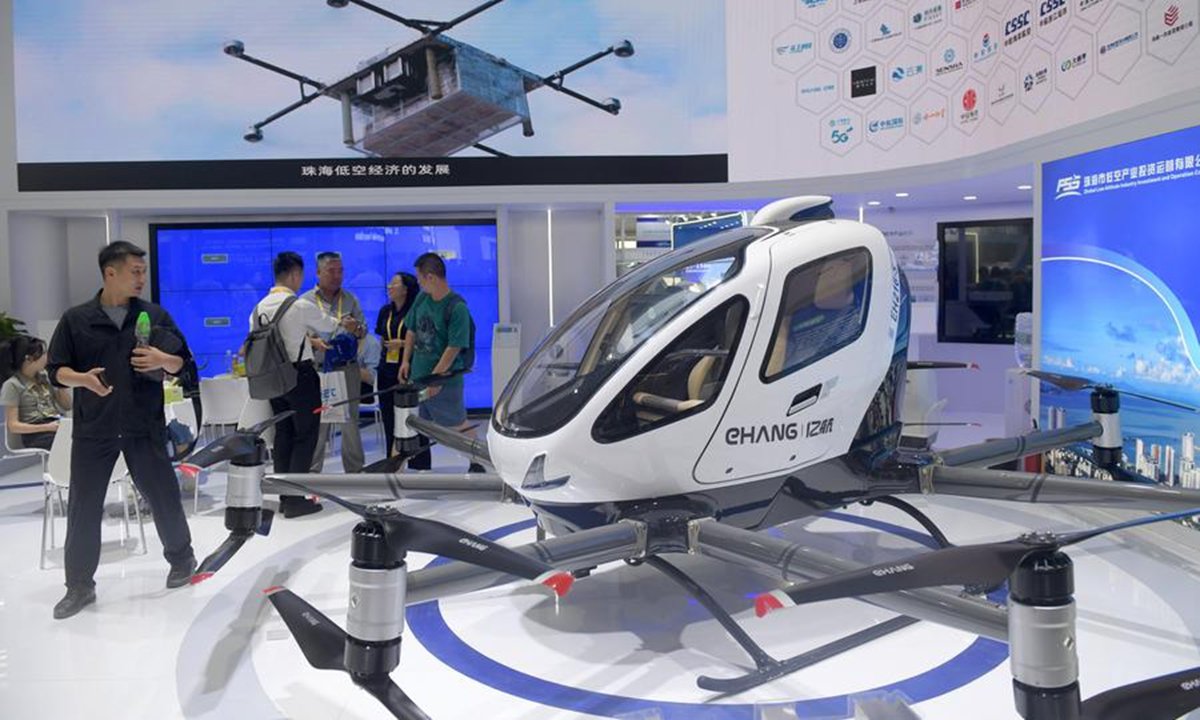China has taken a major step toward the future of urban air mobility by granting its first-ever production certificate for autonomous passenger drones.
This historic approval by the Civil Aviation Administration of China (CAAC) marks the beginning of a new era in transportation, where flying taxis could soon become a reality.
The certified model, the EH216-S, is an electric vertical takeoff and landing (eVTOL) aircraft designed to carry two passengers. With a top speed of 130 kilometers per hour and a flight range of up to 30 kilometers, it is expected to provide a faster, more efficient alternative to traditional ground transportation in congested urban areas.
A Step Toward the Future
For years, the concept of flying taxis has been seen as a futuristic dream. However, with this approval, China is now one of the first countries to actively embrace autonomous aerial vehicles for public transportation. The EH216-S had previously received type and airworthiness certifications, but this latest approval allows for mass production and commercial operations.
Over the past three years, the EH216-S has undergone extensive testing, completing more than 40,000 trial flights and meeting over 500 safety and performance standards. The goal is to ensure that the vehicle is safe, reliable, and ready for public use.
Economic and Environmental Impact
The approval comes as China’s low-altitude economy continues to grow rapidly. In 2023, the sector was valued at over 500 billion yuan (approximately $70 billion) and is expected to reach 2 trillion yuan by 2030. Experts believe that autonomous passenger drones will play a significant role in shaping the country’s future transportation network.
Also Read; Russia Strikes Ukraine’s Power Plant
Amid Winter
Aside from economic benefits, these flying taxis could help reduce traffic congestion and lower carbon emissions by providing an environmentally friendly alternative to traditional cars and buses.
Challenges and the Road Ahead
Despite the excitement surrounding this development, challenges remain. Integrating autonomous drones into existing air traffic management systems, ensuring public safety, and gaining public trust will all be crucial as China moves forward with this new form of transportation.
For now, the approval of the EH216-S marks a bold step toward making urban air mobility a reality. If successful, China’s approach could serve as a model for other countries looking to adopt similar technology in the future.







